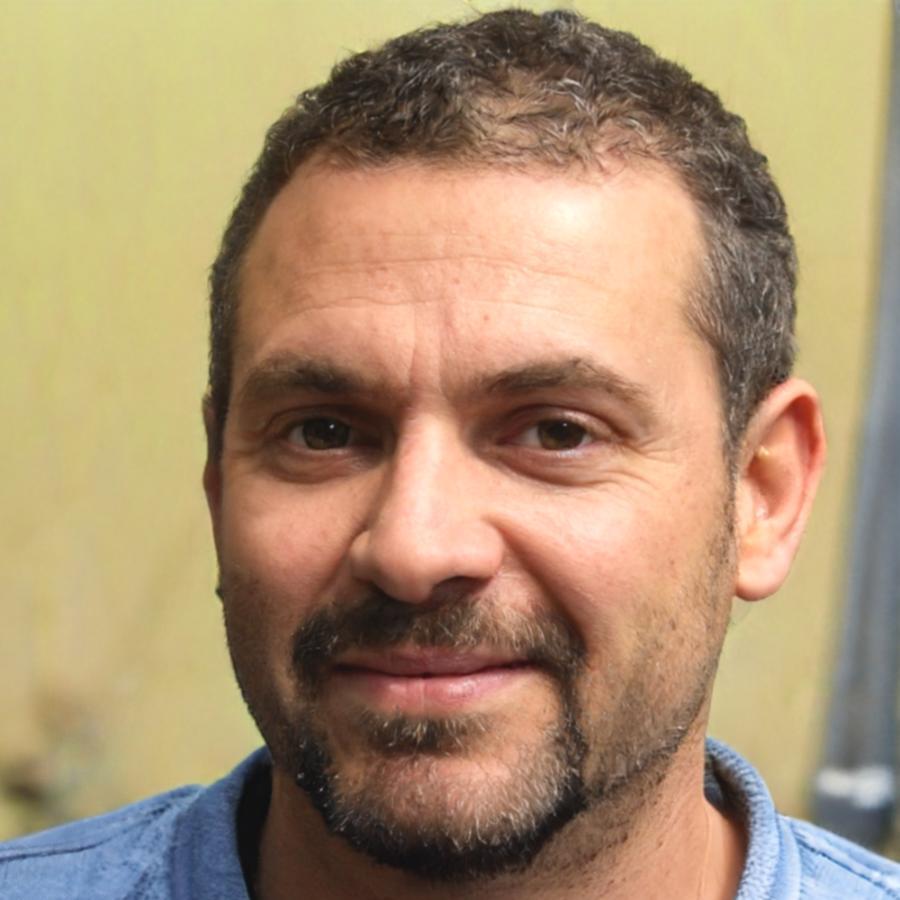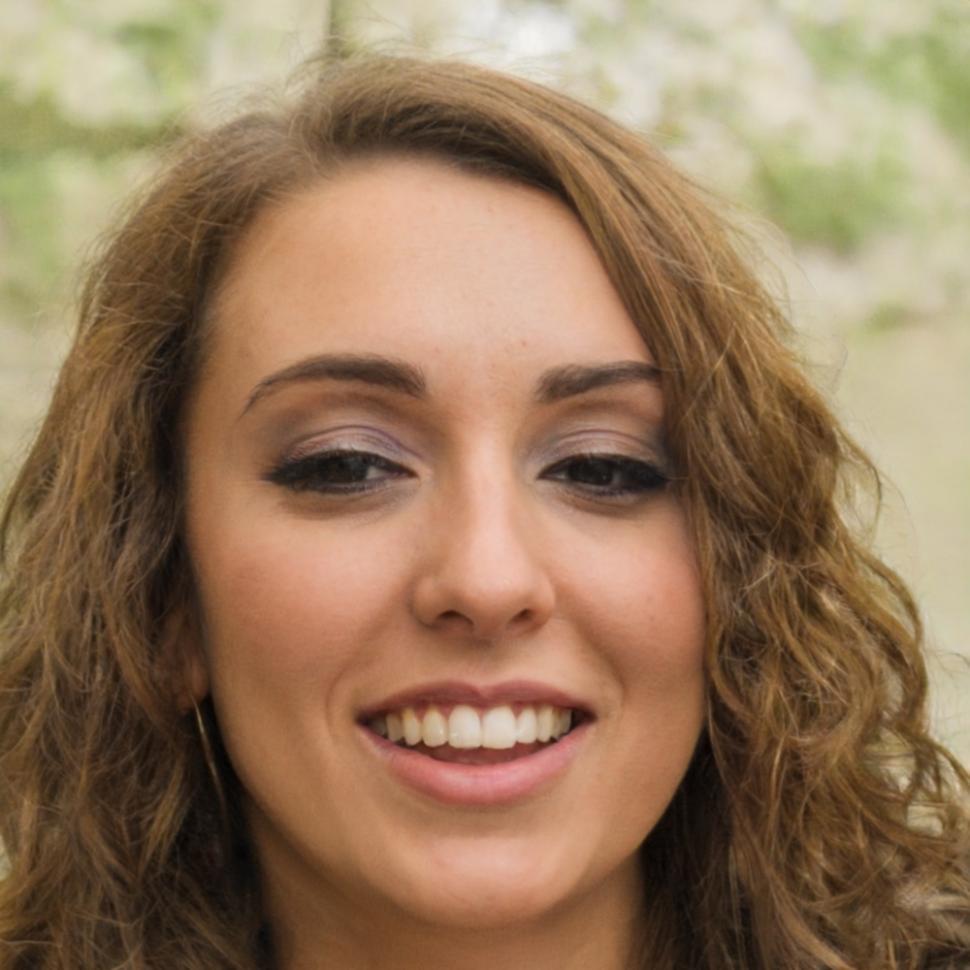Computer Vision Training Programs
Real projects. Hands-on guidance. Programs that start in autumn 2025. We built these courses around what companies actually need when they hire vision developers—not just theory dumps.
Get Program Details
Start With Working Code
Forget passive lectures. You'll write your first object detection script in week one. By week three, you're building a real-time tracking system.
Our foundation track runs sixteen weeks starting October 2025. You work with OpenCV, learn how cameras see the world, and build actual tools someone might use.
Small groups mean you get feedback on your code before bad habits stick. And the projects? They come from real problems we've solved for clients in Taiwan's manufacturing and retail sectors.
Who Teaches These Programs
People who've shipped production vision systems and remember what it's like to be stuck on a problem at 2 AM.

Oleksiy Shevtsov
Lead Instructor
Spent eight years building vision systems for warehouse automation. Still codes every day and actually enjoys debugging your camera calibration issues.

Linnéa Bergström
ML Systems Specialist
Builds training pipelines for defect detection. Knows why your model works in the lab but fails on the factory floor—and how to fix it.

Aisling O'Connor
Applications Engineer
Deployed retail analytics systems across fifteen locations. Teaches the unsexy parts—like dealing with terrible lighting and handling edge cases.
How The Sixteen Weeks Actually Work
Here's what you build and when. This isn't a rigid schedule—we adjust based on how the group progresses.
Image Processing Fundamentals
Get comfortable reading and manipulating images programmatically. Build filters, detect edges, understand what pixels actually are beyond tiny colored squares.
Project: Create a tool that finds manufacturing defects in sample images. Basic but satisfying when it works.
Object Detection Systems
Move from still images to video streams. Learn how existing models work and when to use which approach. Deal with the frustrating reality of inconsistent lighting and camera angles.
Project: Build a counting system for retail environments. Track objects moving through frame without double-counting.
Training Custom Models
Learn what happens under the hood when you train a neural network. Collect and annotate your own dataset. Discover why more data doesn't always mean better results.
Project: Train a classifier for a specific use case. Measure its performance honestly and improve it systematically.
Deployment And Real Conditions
Take your working prototype and make it production-ready. Handle edge cases, manage errors, optimize for actual hardware constraints. This is where theory meets messy reality.
Final project: Something that could actually run in a business environment. You present it to the group and defend your technical choices.
Applications Open June 2025
We're keeping groups small—probably around twelve people per cohort. If this sounds like something you want to do, reach out early so we can talk through whether it's a good fit.
Start A Conversation